

— Blogs —
—Products—
 Consumer hotline +8618073152920
Consumer hotline +8618073152920 WhatsApp:+8615367865107
Address:Room 102, District D, Houhu Industrial Park, Yuelu District, Changsha City, Hunan Province, China
Product knowledge
Time:2024-10-27 17:08:37 Popularity:1050
Multifunctional weather station is an advanced automated monitoring system designed to track and record key weather variables in real time. It is capable of accurately capturing a wide range of meteorological data including temperature, humidity, atmospheric pressure, wind speed, wind direction and precipitation, which are essential for weather forecasting, climate monitoring, agricultural production, urban planning, transportation scheduling and energy distribution.
Multifunctional weather station is usually composed of the following parts:
1. meteorological sensors: used to sense various meteorological parameters.
2. data collector: collects sensor data and carries out preliminary processing.
3. power supply system: including batteries and solar panels, to ensure the continuous operation of the equipment.
4. Riser bracket: used to fix and support the sensors and collector.
5. communication interface: responsible for data transmission, which can be wired or wireless.
6. Data processing device: linearize and quantify the collected data to generate meteorological element values.
7. Cloud platform: for remote data transmission, storage and analysis.
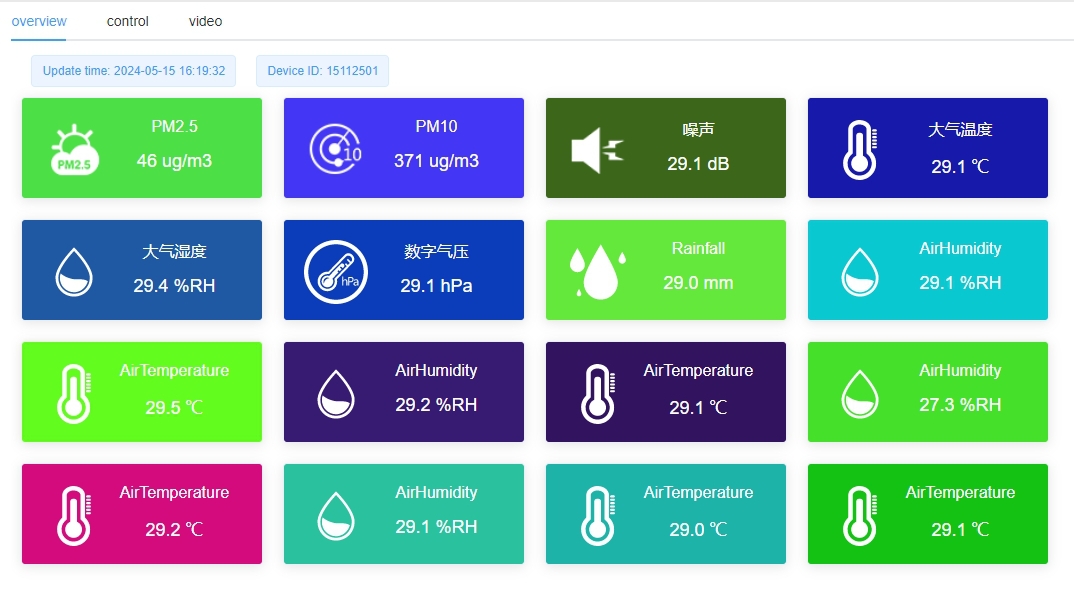
The sensors of the multi-functional weather station include but are not limited to:
1. Temperature sensor: Used to measure the temperature of air or soil, which is essential for agricultural growth cycle, climate research and human comfort assessment. It accurately captures temperature changes to support scientific research and daily weather forecasting.
2. Humidity Sensor: Monitors the amount of water vapor in the air, usually expressed as relative humidity. It is extremely important for agricultural irrigation, human health, and certain industrial process controls.
3. wind speed and direction sensors:
- Wind speed sensors: measure the speed at which the wind is moving and have a direct impact on aviation, marine safety, wind power generation, and outdoor activity planning.
- Wind direction sensors: Determine where the wind is coming from, which is important for pollution dispersion modeling, agricultural pest control and weather forecasting.
4. rain gauges: monitor precipitation and are critical for water resource management, flood warning, and agricultural irrigation scheduling.
5. Barometric Sensor: Measures atmospheric pressure, changes in barometric pressure are closely related to weather systems and have important implications for weather forecasting and high altitude flight safety.
6. Soil temperature and humidity sensors:
- Soil temperature sensor: monitors the temperature of the soil at the surface or at different depths, which has a direct impact on crop growth and soil microbial activity.
- Soil moisture sensors: measure the moisture content of the soil, which is extremely important for precision irrigation and soil management.
7. solar radiation sensors: assess the amount of solar energy reaching the ground, important for solar power generation, climate modeling, and agricultural photosynthesis research.
8. other sensors (e.g. carbon dioxide sensors, air quality sensors):
- Carbon dioxide sensors: indispensable in greenhouse effect research, indoor air quality monitoring.
- Air quality sensors: monitoring PM2.5, PM10 and other pollutants, which are essential for urban environmental quality assessment and health protection of residents.
1. Data Acquisition: The sensor monitors meteorological parameters in real time and converts physical signals into electrical signals.
2. data processing: the data collector receives the sensor signals, and carries out data conversion and processing. 3. data transmission: the processed data is transmitted to the data collector.
3. Data transmission: the processed data is transmitted to the user end through the cloud platform or other communication methods.
4. Data analysis: the user end further analyzes and applies the data.
1. Highly integrated: multiple functions in one, compact structure.
2. Low power consumption: energy-saving design, suitable for long-time outdoor operation.
3. easy to install: rapid deployment, easy maintenance.
4. High accuracy: adopting high-precision sensors to ensure accurate data.
5. Strong adaptability: with good waterproof, dustproof, corrosion-resistant performance, it can adapt to a variety of harsh meteorological environments and installation conditions.
6. Remote management: Realize remote monitoring and management through cloud platform.
7. Extensibility: support access to a variety of sensors, flexible configuration according to demand.
1. High degree of automation: automatic observation and data transmission without human intervention.
2. Flexibility: Users can add or remove sensors as needed to meet different observation needs.
3. Efficient and stable: provide continuous and accurate meteorological data and improve observation quality.
4. Cost-effectiveness: Reduce observation operation costs in the long run and improve observation conditions.
5. Data visualization: The cloud platform provides intuitive data display and analysis tools, which are convenient for users to understand and apply.
6. Real-time: real-time data transmission ensures that users can obtain the latest weather information in time.
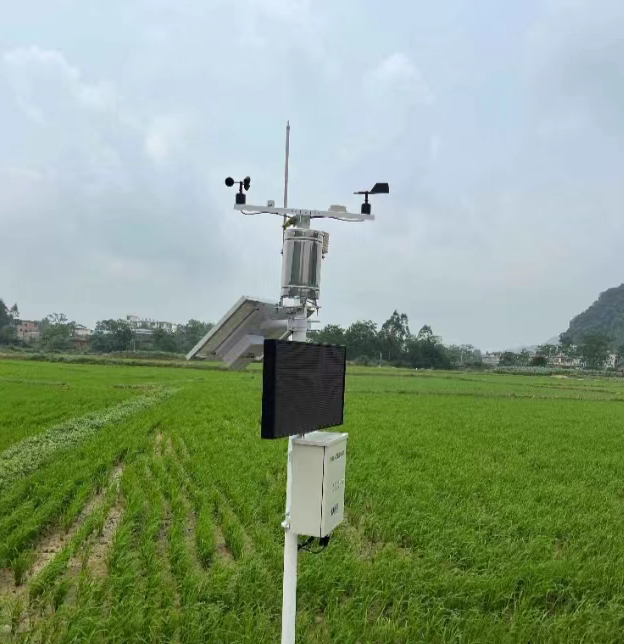
1. meteorological research: providing real-time meteorological data to support the research of climate modeling and weather forecasting.
2. Agriculture: Optimize irrigation, crop management and improve agricultural production efficiency.
3. Forestry: Monitor forest fire risk, vegetation growth, and support forest management.
4. Environmental protection: air quality monitoring, environmental pollution assessment, and support for environmental protection policy formulation.
5. Marine: maritime meteorological monitoring, marine environmental research, and support for marine resource development.
6. Transportation: Safe operation of airports, ports, and highways, improving transportation safety.
7. Scientific research: meteorological monitoring of special environments such as polar regions and high mountains, and support for scientific research.
8. Education: popularization of meteorological knowledge, scientific research and teaching, and improvement of public meteorological awareness.
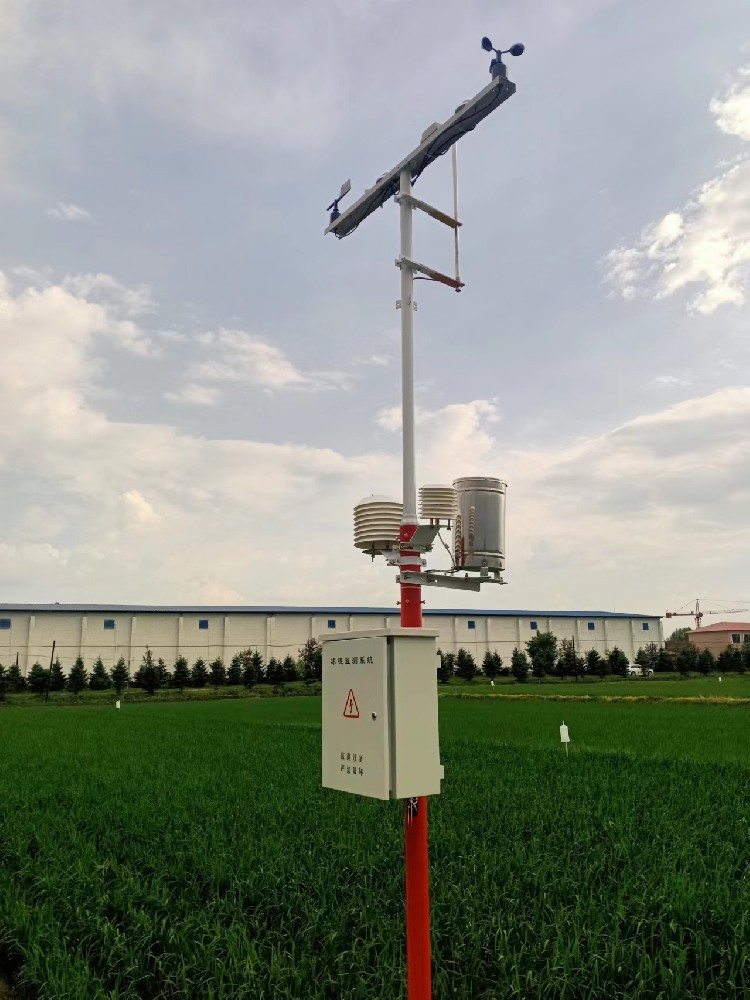
1. Disaster early warning: Early warning of natural disasters and reduction of losses.
2. climate research: provide data support for climate research and change analysis. 3. agricultural guidance: guide agricultural production.
3. Agricultural guidance: to guide agricultural production and increase crop yield.
4. environmental protection: monitor environmental changes and protect the ecological environment.
5. traffic management: to ensure the safety of traffic operation and improve the efficiency of transportation.
6. Scientific research: Provide rich meteorological data to support scientific research and technological innovation.
7. Public security: provide real-time meteorological information to support emergency management and rescue operations.
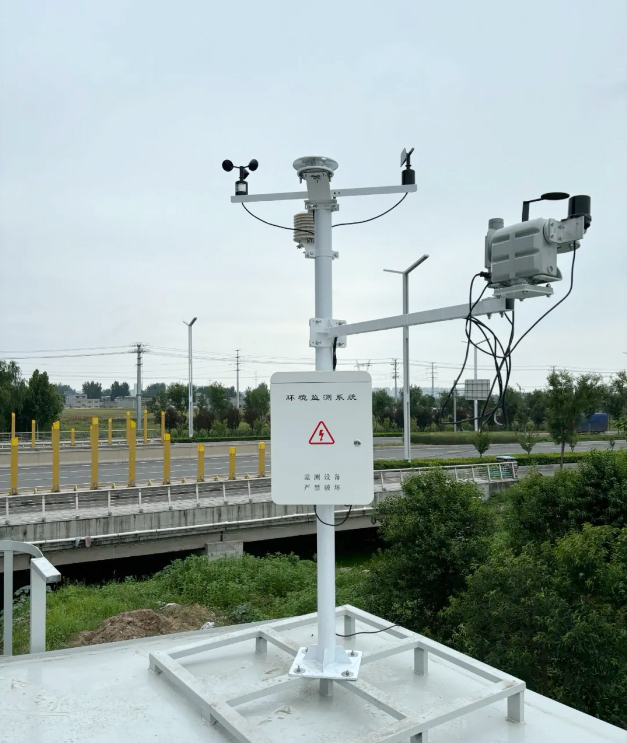
- Representativeness: Ensure that the location can represent the climate characteristics of the region and avoid the influence of local microclimate.
- Terrain: Choose an area with relatively flat terrain and avoid installing near hills, valleys or buildings, which may cause bias in the measurement of wind speed and precipitation.
- Accessibility: Ensure that there are no obstacles around such as trees, buildings, etc., which may block wind and sunlight.
- Accessibility: The location should be easily accessible for maintenance and calibration.
- Safety: Ensure that the weather station is installed in a safe area, away from possible risks such as flooding, wildlife or vandalism.
- Regular Inspection: Check the working condition of the sensors and data collectors regularly to ensure the accuracy of the data.
- Cleaning and Maintenance: Keep the sensors and equipment clean to prevent dust and dirt from affecting the measurement results.
- Calibration: Calibrate the sensors regularly to ensure the accuracy of measurement data.
- Software update: update the software of data collector and cloud platform in time to ensure the stability and safety of the system.
- Internet of Things (IoT) technology: use IoT technology to realize more efficient remote management and data transmission.
- Artificial Intelligence: Combine artificial intelligence algorithms to improve the intelligence level of data processing and analysis.
- Sensor technology: develop higher precision and more durable sensors to improve the accuracy of weather monitoring.
- Smart City: Widely used in smart cities to support city management and public services.
- Intelligent agriculture: Combine with IoT and big data technology to realize precise agricultural management.
- Environmental monitoring: Expand to more environmental monitoring fields, such as hydrological monitoring, geological disaster early warning.
- Government support: the government increases investment and support for meteorological monitoring equipment and promotes the popularization and application of multi-functional weather stations.
- International cooperation: strengthen international meteorological cooperation, share meteorological data, and improve the level of global meteorological monitoring.
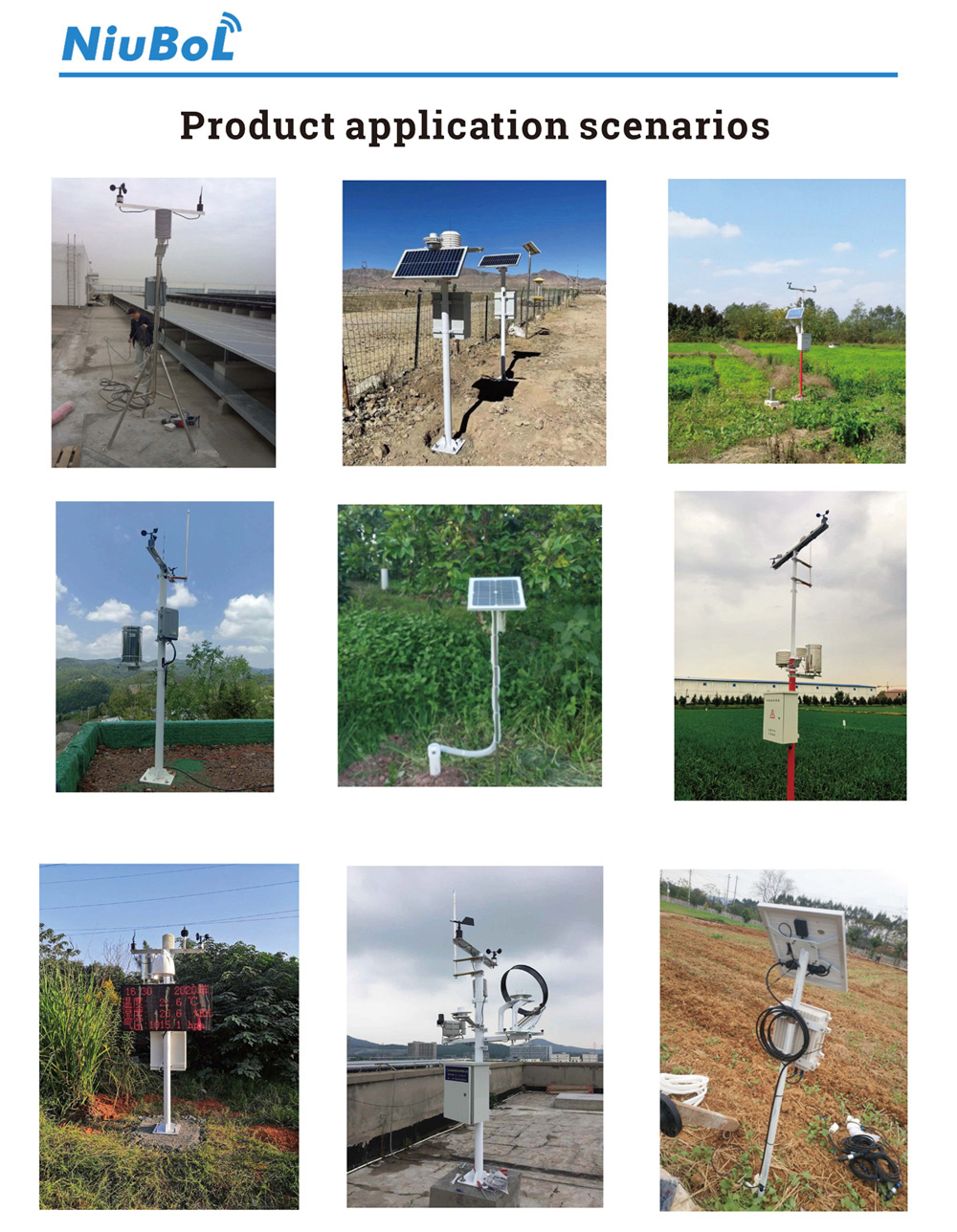
Summarize
Multi-functional weather station is a highly integrated, highly automated and highly accurate meteorological monitoring system. It is capable of measuring and monitoring multiple meteorological elements in the atmosphere in real time through meteorological sensors and transmitting the data to a cloud platform for remote access by users. With the features and advantages of strong adaptability and low-power design, the multifunctional weather station is widely used in meteorological observation, agricultural production, environmental monitoring and other fields. Its importance lies in its ability to provide comprehensive and accurate meteorological data support, to provide timely reference basis for decision-making of relevant departments, and to promote scientific and technological progress and sustainable development in relevant fields.
Related recommendations
Sensors & Weather Stations Catalog
Agriculture Sensors and Weather Stations Catalog-NiuBoL.pdf
Weather Stations Catalog-NiuBoL.pdf
Related products
 Combined air temperature and relative humidity sensor
Combined air temperature and relative humidity sensor Soil Moisture Temperature sensor for irrigation
Soil Moisture Temperature sensor for irrigation Soil pH sensor RS485 soil Testing instrument soil ph meter for agriculture
Soil pH sensor RS485 soil Testing instrument soil ph meter for agriculture Wind Speed sensor Output Modbus/RS485/Analog/0-5V/4-20mA
Wind Speed sensor Output Modbus/RS485/Analog/0-5V/4-20mA Tipping bucket rain gauge for weather monitoring auto rainfall sensor RS485/Outdoor/stainless steel
Tipping bucket rain gauge for weather monitoring auto rainfall sensor RS485/Outdoor/stainless steel Pyranometer Solar Radiation Sensor 4-20mA/RS485
Pyranometer Solar Radiation Sensor 4-20mA/RS485
Screenshot, WhatsApp to identify the QR code
WhatsApp number:+8615367865107
(Click on WhatsApp to copy and add friends)
